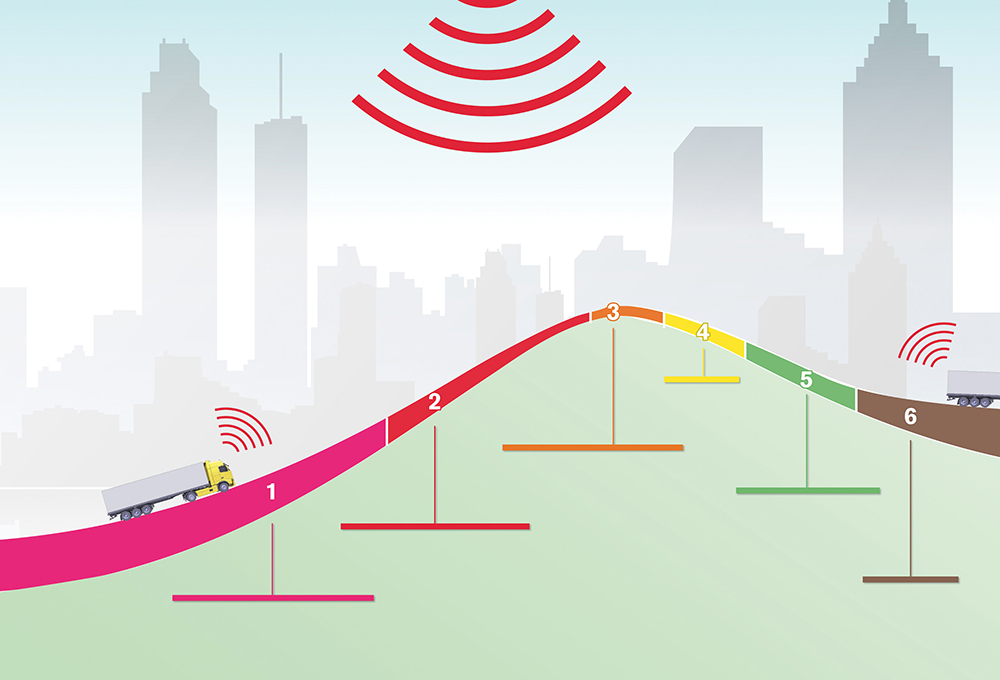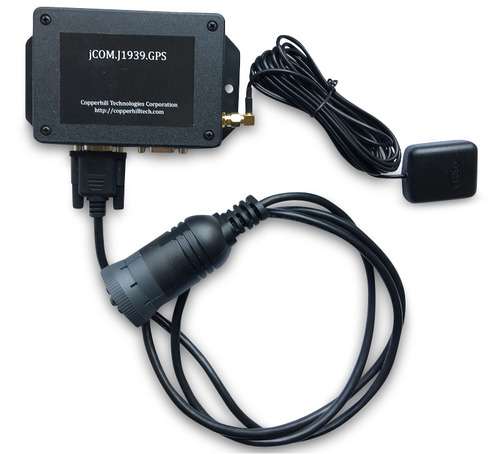Recent Posts
Vehicle Computer Architectures Help Improving Diesel Engine Performance And Lifetime Costs
Posted by on

Engineers are leaving no stone unturned in their unceasing drive to improve fuel economy, leveraging electronics, monitoring airflow, and using data from outside the vehicle. Computer architectures are being revised to simplify controls and decrease sensor counts, helping keep costs in line.
Computers continuously monitor and control the engine, transmission, after-treatment systems, and more. Powerful devices make it possible to analyze vast volumes of data used to adjust engine operations. These computers are all making decisions multiple times a second to balance, building power, saving fuel, reducing emissions, ensuring durability, and more.
There are thousands of parameters just in the engine that need to be calibrated. The systems communicate with each other, reacting to variations in fuel quality, weather, driver habits, and changes in load. Government regulations for fuel consumption and emissions regularly provide concrete goals for design teams that race their corporate demands for improved performance.
Reducing fuel consumption is the principal goal of these improvements since conserving fuel helps engines meet emissions requirements. Data from all systems, including GPS and connectivity systems, is being used by powertrains to trim consumption. Fuel consumption represents 30% of the total cost of ownership, and one solution is map-based cruise control, which saves 10-11% in fuel consumption. In Europe, the plan is to reduce fuel consumption for fleets by 50% by 2025.
Read the full article Engine developers increase efforts to decrease fuel usage...
 SAE J1939 - GPS Module With 9-Pin Deutsch Connection Cable
SAE J1939 - GPS Module With 9-Pin Deutsch Connection Cable
The jCOM.J1939.GPS device connects to an SAE J1939 network and reports the vehicle position (PGN 65267 - Latitude & Longitude) with a one-second frequency, according to the SAE J1939-71 Standard.
The integrated J1939 protocol stack automatically negotiates a node address in the range of 128 to 247. The GPS data is broadcast by using the global destination address (255 = 0xFF). The device's firmware can be updated on-site per the integrated RS232 port, which also allows the loading of customer-specific features.
The content of delivery includes the jCOM.J1939.GPS module, the GPS antenna (preferred installation location is the driver cabin, i.e. close to the wind shield), and the SAE J1939 cable suited for a 9-pin Deutsch connection.
 Loading... Please wait...
Loading... Please wait...
